Rare island finch threatened by extreme storms
The latest Paper of the Month for Bird Conservation International is The impact of storm-induced tree loss on the population of Wilkins’s Finch Nesospiza wilkinsi and is available as open access.…

The latest Paper of the Month for Bird Conservation International is The impact of storm-induced tree loss on the population of Wilkins’s Finch Nesospiza wilkinsi and is available as open access.…
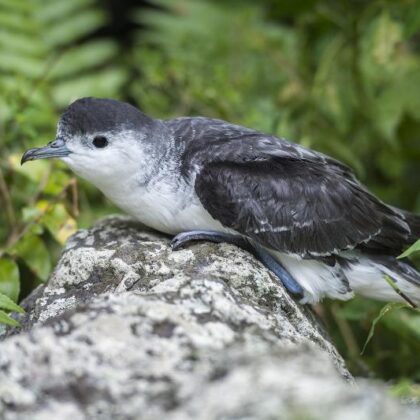
The latest Paper of the Month for Bird Conservation International is Tracking the non-breeding range of Rapa Shearwater Puffinus myrtae, a Critically Endangered seabird of the South Pacific Ocean and is available as open access.…

What does it take to make conservation work? If you thought funding and science were sufficient, think again. A new study by Brooks et al.…

Human activities continue to degrade nature and encroach on wildlife’s habitats and undeveloped open areas. Concern for the environment appears to be increasing as indicated by numerous countries signing the international commitments to conserve 30% of land by 2030 (or 50% by 2050).…
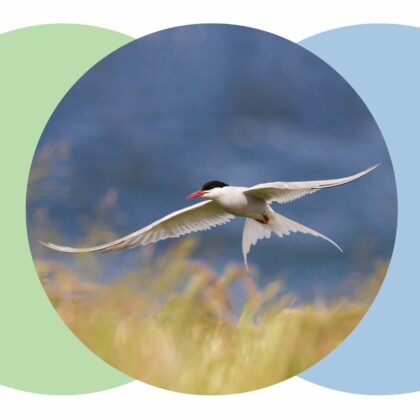
Every year, an increasing proportion of scientific articles are published open access, which means they are fully available to all, rather than being hidden behind a subscription paywall. There are various reasons for this trend, but all are underpinned by the fact that publicly available research enables greater impact and visibility, while also increasing the accessibility of scientific knowledge.

These studies, led or co-authored by women, published in Oryx, reinforce the essential role of female scientists in addressing global conservation challenges. As we celebrate this day, we recognise their dedication to shaping a sustainable future for our planet.

These studies, led or co-authored by women, reflect the vital role of female scientists in addressing pressing conservation challenges. As we celebrate this day, we recognise their commitment to safeguarding bird species and their habitats for future generations.
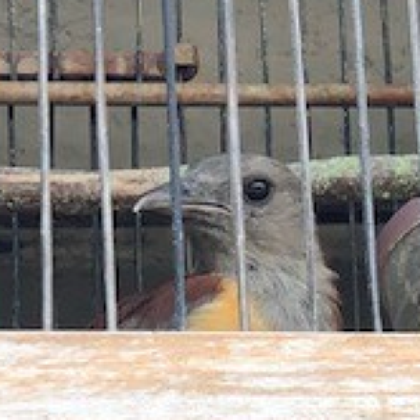
The latest Paper of the Month for Bird Conservation International is Poisonous pitohuis as pets and is available as open access. In our line of work, we come across new trends in the use of wildlife.…

Stopping and reversing deforestation is a top priority across the tropics. Numerous policies and programs try to stem forest clearance, encourage tree planting, and restore forest landscapes.…

In our 2024 paper, “Integrative Research of Mediterranean Climate Regions: A Global Call to Action“ we highlight the need for a collaborative, interdisciplinary approach to studying Mediterranean-climate regions.…

Global sea surface temperatures are rising and have hit record high values in recent months. This potentially threatens seabirds, their prey and their habitats, both on land and at sea.

International efforts to protect biodiversity date back to the 1970s in the form of Multilateral Environmental Agreements and regional legal instruments like the Directives of the European Union (EU).…

2023 is set to be another landmark year for the journal, as a new contract between BirdLife International and Cambridge University Press coincides with a move to continuous, online-only publication, benefitting not only authors but also the range of conservation practitioners and decision-makers reliant on their important research.

Cameroon has pledged to restore over a quarter of its land or 12,062,800 ha, Guatemala has pledged over 10% of its land for restoration with 1.2 million ha, India committed over 8% of its land, a staggering 26,500,000 ha to restoration, and the list of countries pledging hectares of land to restoration continues.

Public interest in nature and the environment is at an all-time high thanks to many factors including new species discoveries, nature documentaries and the unfortunate reality of climate change. One important method for gauging this interest is Google Trends.

When I first worked in Madagascar in 2005, I was carrying out biodiversity surveys in little known forests, but by the time I left a decade later I was spending much more time working with rural farming and fisher communities that I was with the birds and the beasts.…

The BCI Centenary Collections 2022 marks 100 years since the founding of the International Council for Bird Preservation (ICBP) – now BirdLife International, the largest international partnership for nature conservation.…
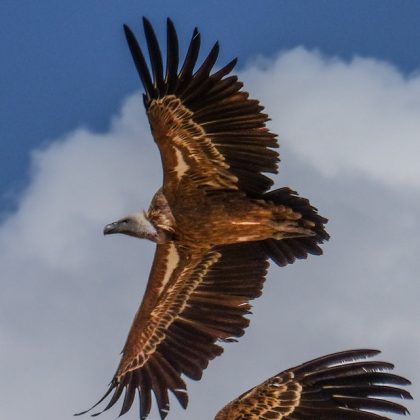
Poorly designed infrastructure development causes mortality of globally threatened birds along their migratory flyways – potentially causing population declines on breeding grounds in Europe and Asia

The paper ‘Conservation networks: are zoos and aquariums collaborating or competing through partnerships?, published in Environmental Conservation, has been chosen as the latest addition to the Editor’s Choice Collection Like millions of people around the world, I grew up in awe of wildlife because of days up close with animals at my local zoo.…

The spoon-billed sandpiper, or spoonies as they’re affectionately called, are a Critically Endangered shorebird species. The best recent estimate, from 2014, was that there were only about 440 adults left in the world.…
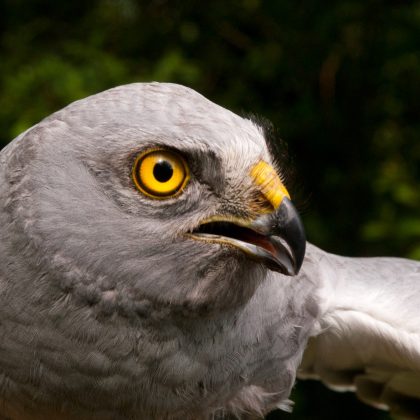
Hen harrier and short-eared owl populations are declining across Europe. A new study drawing on expert knowledge highlights overlaps in threats faced by both species in different countries, shortcomings of current conservation strategies, and the need for international collaborative actions to save these emblematic birds of prey.
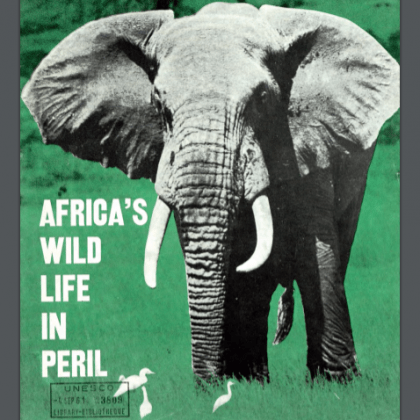
My article discusses how this approach of ‘conservation by slaughter’ – as one high-profile ecologist called it – managed to gain traction.
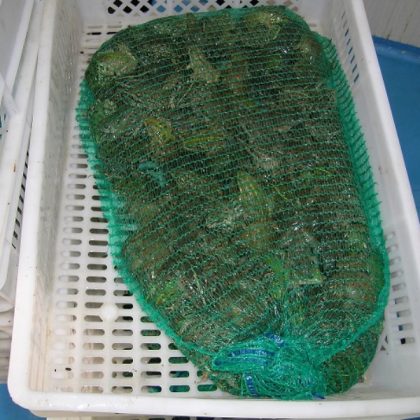
Water frogs could become regionally extinct in part of their native Turkey in a little over a decade because too many are being taken for food. …

An Oryx study has shown how ecotourism in the Philippines has transformed people’s attitudes towards marine conservation. Researchers from the University of Victoria in Canada and Large Marine Vertebrates Research Institute Philippines (LAMAVE), visited three sites where tourists pay to swim with whale sharks in the wild.…
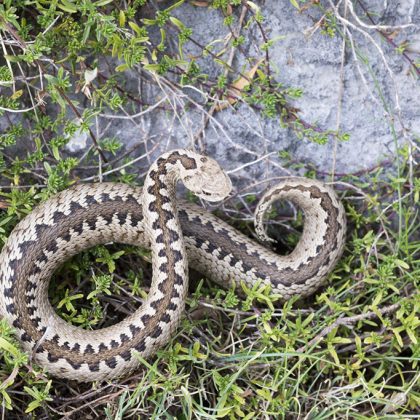
Climate change is a key factor contributing to the likely extinction of the Greek Meadow Viper, a new study has found. …
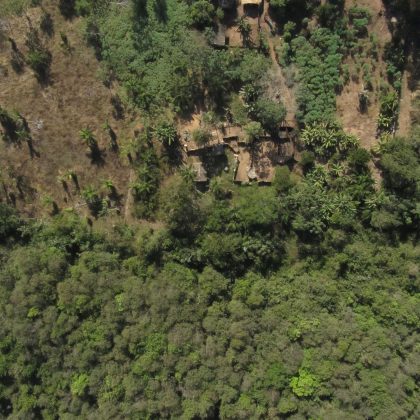
The latest paper in our Environmental Conservation Perspectives Collection is Do Data Support Claims That Brazil Leads the World in Environmental Preservation?…

My recent research along the relic shorelines of Lake Cahuilla has been somewhat of a tangent for me. I’ve spent most, if not all, of my professional career investigating archaeological shell middens along Pacific coastlines and offshore islands.…
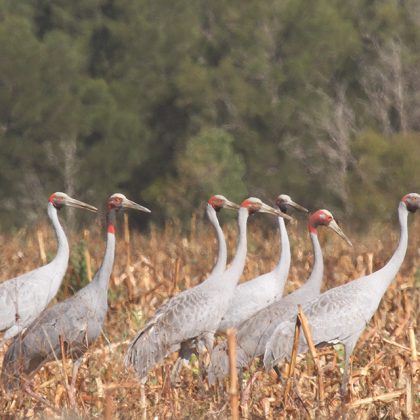
The Buralga legend tells of an Australian Aboriginal woman famed for her dancing, who was turned into a brolga by a jealous magician.…

Tenrecs are a diverse family of 31 small mammal species found on the tropical island of Madagascar. Whilst rampant deforestation means one in five tenrecs is threatened with extinction, most conservation attention in the country is focused on larger, more charismatic species, such as lemurs.…

Crop wild relatives are wild plant species that are relatively closely related to cultivated crops and include the ancestors of cultivated crops. Crop wild relatives are a critical source of adaptive traits / genes, including resistance to diseases, pests and stresses such as drought and extreme temperatures that can be used in plant breeding, with the potential to enhance sustainable food security in the face of challenges such as climate change and population growth.
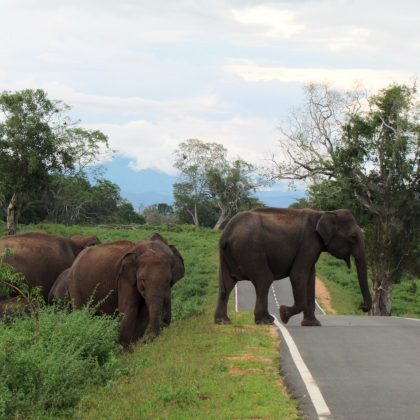
Asian elephants are a paradox in many ways. They are an Endangered species whose global population is less than one tenth of that of African elephants.…
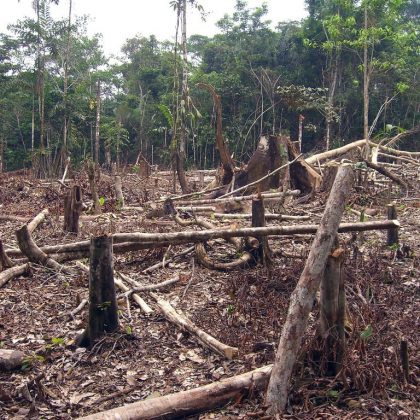
Brazil’s new president Bolsonaro and "ruralists" (large landholders and their representatives) have initiated a series of measures that we contend threaten Amazonia`s environment and traditional peoples, as well as global climate.
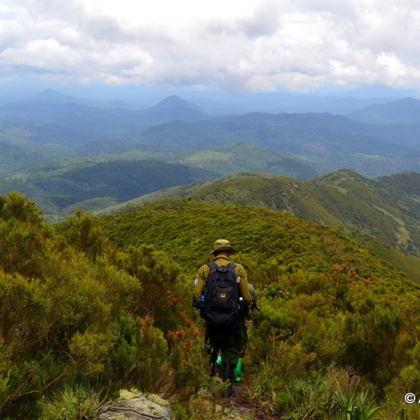
Working as a park ranger in the Democratic Republic of the Congo (DRC) is no easy task. The salary is low, the work is dangerous and physically demanding, and their efforts can sometimes see rangers being rejected by their own communities.…
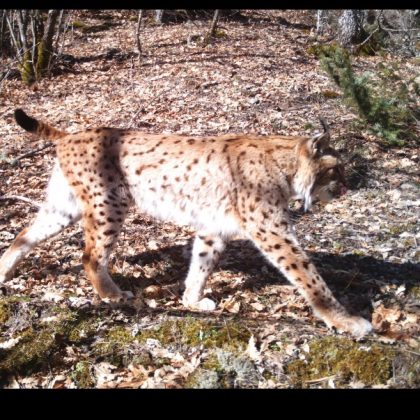
A detailed IUCN Red List assessment placed the Balkan lynx (Lynx lynx balcanicus) just one step away from extinction.…
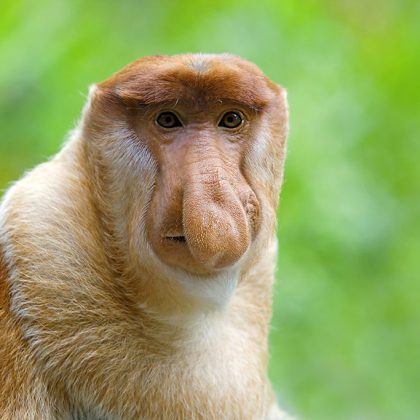
Nearly half of all primate species are threatened with extinction, with habitat destruction being the biggest threat to their survival. Studies on the impact of habitat changes on primate populations are limited and often based on inferences because primates are long-lived mammals with slow life cycles, and generally respond very slowly to environmental changes.…

In 1914 a scientific expedition led by the former U.S. President Theodore Roosevelt and the Brazilian Marshal Cândido Rondon set out into the Amazon rainforest to map the then unknown River of Doubt, known today as the Roosevelt River.…

How do you maximize the probability of success of conservation actions? A good strategy is to involve stakeholders from the start and to combine different strategies, including research, policy formulation and enforcement, practical interventions and education.…

Birds are recognised as faithful indicators of the state of the environment and widely used as such across Europe. Here skilled citizen scientists collect data that feed into national annual statistics, but until now, this model of environmental monitoring has not been tested elsewhere. …

Although protected areas serve as refuges for wild plants and animals, they are also places of negative human–wildlife interactions, or conflicts.…

Forest elephants are found to occupy timber concession forests in Cameroon within areas currently deemed ‘unlikely’ by IUCN, according to a scientific study published in Oryx —The International Journal of Conservation.…
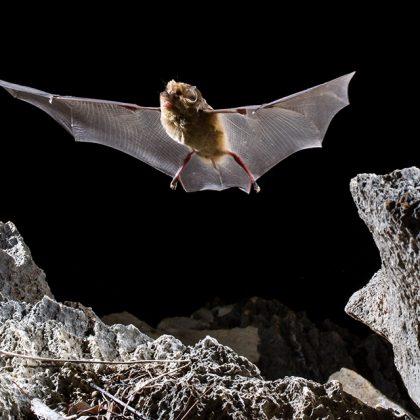
Caves have been held in awe by humans for millennia. Not only have they offered us shelter and accommodated potential prey, for many societies they also held a profound spiritual significance, acting as a final resting place for the ancestors and often being perceived as gateways to the afterlife.…
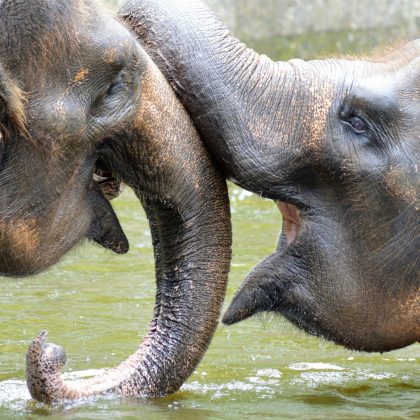
“What we do not destroy in nature, we come to worship- though we may yet destroy it.” – Eric Scigliano (2004), Love, War and Circuses: The Age-old Relationship Between Elephants and Humans The Asian elephant is listed as Endangered on The IUCN Red List of Threatened Species, with a gradually declining population.…
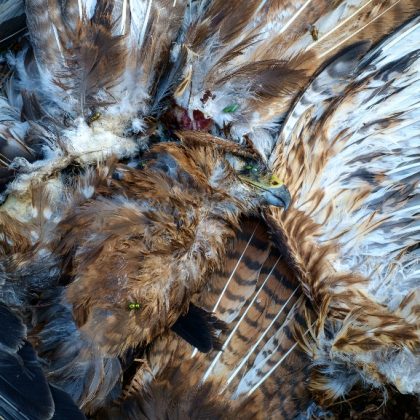
In spite of national legislation and international obligations, a new BirdLife International-led review showed illegal killing and taking is still occurring in Northern and Central Europe and the Caucasus, birds being primarily killed illegally for ‘sport’, ‘food’ or ‘predator and pest control’.…
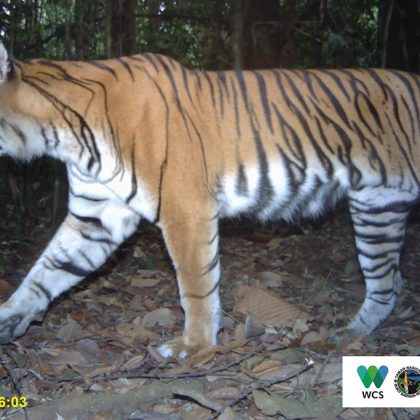
A new scientific publication from WCS (Wildlife Conservation Society) and the Bukit Barisan Selatan National Park Authority looks at the effectiveness of the park’s protection zone and finds that the density of Sumatran tigers has increased despite the continued threat of living in an ‘In Danger’ World Heritage Site.…

A new study led by Oxford scientists has produced the first robust estimate of the number of Sunda clouded leopards remaining in the state of Sabah, Malaysian Borneo.…

Himalayan wolves form an evolutionary distinct wolf unique to the high altitude ecosystems of the Himalayas and the Tibetan Plateau. These wolves face many threats from illegal poaching due to depredation and traditional uses of body parts to habitat encroachment by livestock and associated decreasing wild prey populations.…
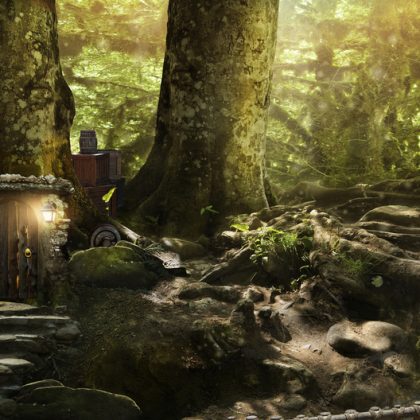
Beliefs in magical creatures can impact the protection of biodiversity and the field of conservation needs to consider them seriously, researchers have warned. According to a new study, by the University of Leeds and Cardiff University, the conservation of threatened species has much to gain from acknowledging people’s spiritual, magical and cultural beliefs.

Species distribution models are a method used by conservationists to make inferences from limited data sets, in a format that can facilitate conservation management across landscapes. They are particularly suitable for filling gaps in knowledge of scarce populations and those inhabiting inaccessible terrain. The Arabian tahr is one such species. Inhabiting the precipitous cliffs of north eastern Arabia, the species is rarely seen and poorly known.
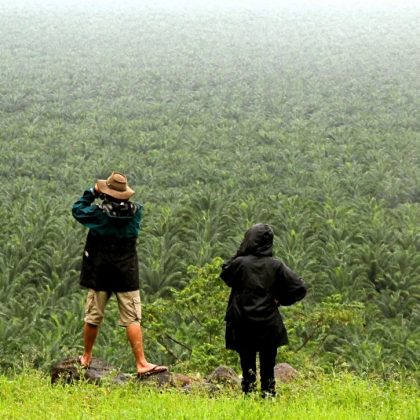
In a recent study published in Bird Conservation International, authors from Perth Edith Cowan University have carried out research in Papua New Guinea to understand how logging and palm oil plantations is affecting rare bird numbers.…
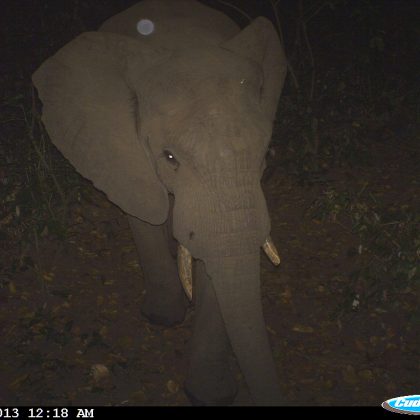
Researchers have published a new study in the journal Oryx that employed camera traps to investigate crop use by African elephants along the boundary of Udzungwa Mountains National Park in south-central Tanzania.

A study recently published in the international conservation journal Oryx shows that this charming group of amphibious mammals have undergone a dramatic countrywide decline in China, and are extirpated over much of their former ranges.

Logging roads makes valuable Musk Deer more accessible to poachers, who hunt for the musk gland found in males, a substance that, gram from gram, is more valuable than gold. Find out more from the latest study by Oryx.

Commercial dry-season rice cultivation in Cambodia’s Tonle Sap floodplain increasingly threatens the Critically Endangered Bengal florican, a new study published in Oryx says. This and other threats puts the species at high risk of extinction in the near future, unless it is managed appropriately.
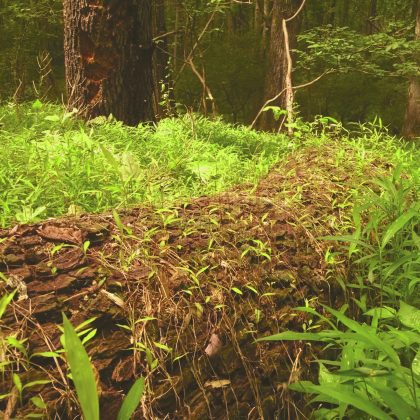
A new study featured in the journal Invasive Plant Science and Management shows the impact of weedy invaders can linger for years.

Photo credit: Karen Wildlife Conservation Initiative (KWCI). Yangon, Myanmar (3 March) – The Karen Wildlife Conservation Initiative (KWCI), with financial support from WWF and other partners, have conducted six camera traps surveys in the hill forests of Northern Karen State, Myanmar, previously inaccessible to biologists and conservationists for security and political reasons. …
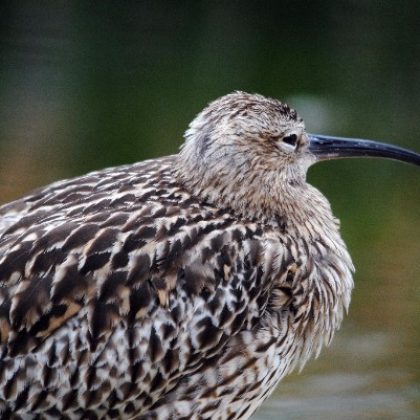
A new ground-breaking assessment published today in the journal Bird Conservation International has revealed that loss of habitat could lead to the extinction of a number of species of curlew and godwit, some of which are found in the UK.

A new study published in Oryx shows that the jaguar is in much greater danger of extinction than previously thought.

The latest Thematic Issue 'Trypetheliaceae' from The Lichenologist is now available online and unlocks the secrets to more than 400 species of tropical lichens.

A study published in the journal Oryx finds off-the-shelf drones can be used to guard crops and keep elephants safe along the borders of Tanzanian parks.

A proposed power transmission line at the edge of the Tonle Sap Floodplain Protected Landscape (TSFPL), which might be constructed as early as next year, would pose a new threat to the Critically Endangered Bengal Florican.

A wildlife corridor facilitates tiger movement without the locals suffering, a new study published in Oryx shows.

In this blog Dr Marcio Custódio talks about the co-authored paper Reduction of RBL–2H3 cells degranulation by nitroaromatic compounds from a Bacillus strain associated to the Amazonian sponge Metania reticulata which featured in the New Frontiers in Sponge Science special issue from Journal of the Marine Biological Association.…

Extinct flagships: linking extinct and threatened species, by Peter M. Kyne and Vanessa M. Adams Extinct species as conservation champions The Earth is in the midst of its sixth mass extinction event.…

Kelsey's James' article addresses growing concern over the effects of fishery's non-target catch on sharks, rays and skates worldwide.

Wildlife trade is a multi-billion-dollar business with hundreds of millions of specimens being traded annually. Hunted for their scales and meat, the pangolin has become the most trafficked mammal in the world.…

I am pleased to announce the launch of a new online guide to Graphics for Conservation. The aim of the guide is to provide advice on designing maps and data plots, advice on the wise use of graphics formats, and screencast demonstrations to help with drafting beautiful figures.…

What’s the problem with militarising anti-poaching efforts? The increasing calls for a more militarised and forceful approach to tackle poaching, especially of elephant and rhinos, demand more attention and interrogation

Conservationists warn ivory poachers’ use of poison is further decimating Africa’s endangered vultures
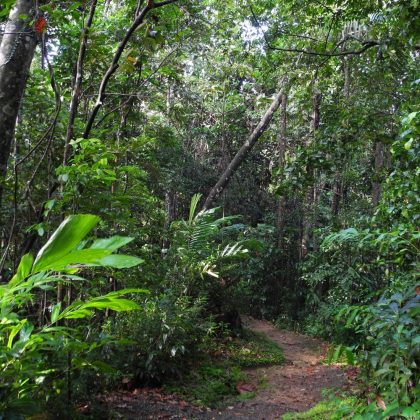
David Gill, Guest Editor of the Tree Conservation special issue of Oryx-The International Journal of Conservation, has chosen ‘Making business scents: how to harvest incense sustainably from the globally threatened lansan tree Protium attenuatum‘ as one of his editor’s picks from the issue. …

Wageningen, The Netherlands: 14 August 2015—The trade in vultures and other raptors for traditional medicine and bushmeat is likely to be contributing to the serious declines of these birds in West and Central Africa. …
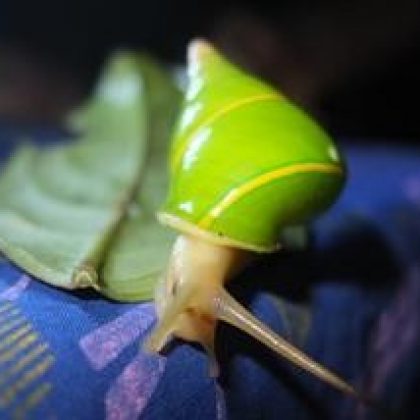
Source: Saving the Unloved, One Crowd at a Time > WCS Newsroom A newly released study from WCS (Wildlife Conservation Society) offers hope of conservation to the world’s low-profile and more unloved members of the animal kingdom.…

This month’s issue of Oryx-The International Journal of Conservation is dedicated to tree conservation. In this blog, Dave Gill and Rob Loveridge discuss the special issue and pay tribute to the scientists whose work is guiding the conservation of the ‘charismatic megaflora’.…
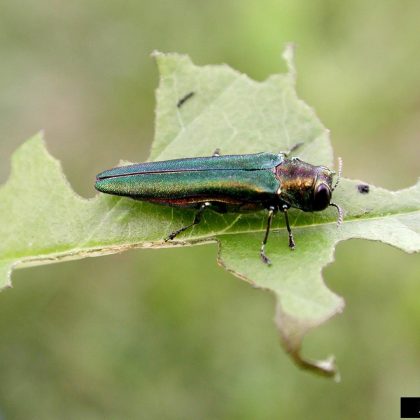
To mark the publication of the Emerald Ash Borer special issue from The Canadian Entomologist, guest editors Chris MacQuarrie and Krista Ryall from Natural Resources Canada have co-authored this blog post about the issue.…
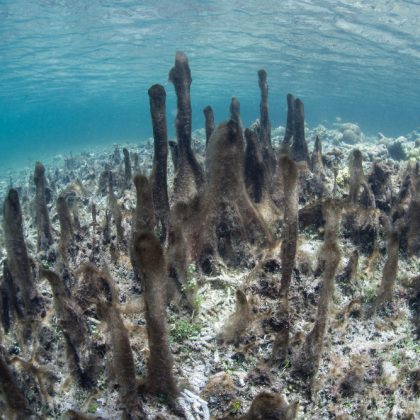
The present biodiversity crisis should come as no surprise to conservationists and ecologists alike, but an often unacknowledged aspect of the increasingly rampant number of extinctions– both local and global – is that we are losing different kinds of species.…
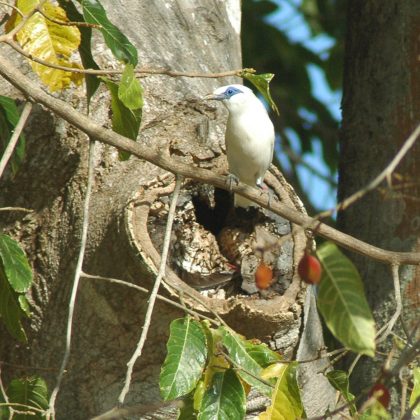
Western conservation groups are seeking stricter law enforcement to tackle a trade in endangered wildlife, but an Oxford University researcher warns that this is not a ‘silver bullet’ solution.…

Humanity is greatly dependent on our ocean ecosystems. Oceans regulate our climate, protect our coastlines, and provide revenue, energy, food, recreation, and a sense of well-being.…

The EC Perspectives paper from the March issue of Environmental Conservation is entitled Ecological history of Lachlan Nature Reserve, Centennial Park, Sydney, Australia: a palaeoecological approach to conservation by Rebecca Hamilton and Dan Penny.…

A new publication depicts the collaborative role of conservation organizations and government that resulted in exemplary results for tiger conservation in Karnataka, southern India.…

New research, led by international conservation charity Zoological Society of London (ZSL), published in Oryx shows that Chinese giant salamander (Andrias davidianus) farms risk the extinction of wild salamander populations instead of supporting their conservation.…

With more than 8,000 tree species threatened with extinction, an urgent need exists for botanical gardens to protect threatened trees in dedicated conservation collections.…

Asian songbird migrants in trouble | BirdLife. Migratory songbirds in East Asia are in trouble, according to new research. The study calls for national action and international cooperation to deal with threats, as well as more monitoring and research to help understand and protect this unique migration system.…
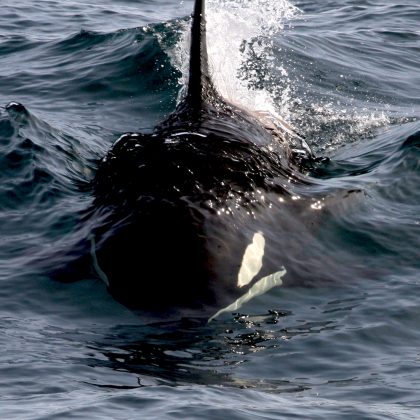
Killer whales are one of the ocean’s top predators, including the waters around the UK. Climate change is opening new habitats and potentially offering new prey for killer whales, particularly in the Canadian Arctic.…

Opportunistic Behaviour May Show Resilience to Changes in Habitat An international team of scientists has found evidence that orangutans may be opportunistically choosing to walk on the ground.…

An estimated 28,000 lemurs, the world’s most endangered primates, have been illegally kept as pets in urban areas of Madagascar over the past three years, possibly threatening conservation efforts and hastening the extinction of some of lemur species, according to a study by Temple University researchers.…

Conservation scientists say there needs to be a new approach to protecting offshore marine reserves. Researchers at the ARC Centre of Excellence for Coral Reef Studies (Coral CoE) at James Cook University in Australia have found a way to predict illegal fishing activities to help authorities better protect marine reserves.…

America’s Pine Plantations Provide Hope for the Future of the Swainson’s Warbler The Swainson’s warbler (Limnothlypis swainsonii) is one of the rarest and most secretive songbirds in North America, prized by birdwatchers in the southeastern U.S.…
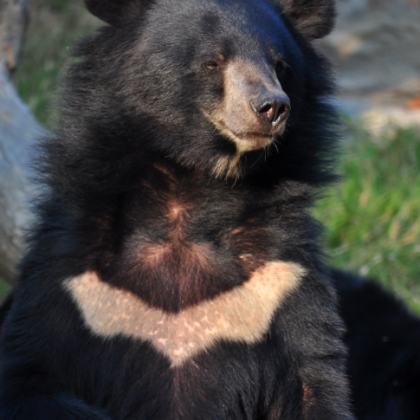
The number of bears in farms supplying the widespread and expanding bile extraction industry in Lao PDR has tripled in recent years, with strong evidence the animals are illegally sourced from the wild, a new study published in Oryx finds.…

A new paper by scientists at Fauna & Flora International argues that protecting biodiversity could be key to keeping forests standing in the long term.…

The northern cassowary Casuarius unappendiculatus is the largest bird of New Guinea and a primary seed disperser. Many forest trees in the rainforests of the island have relatively large fruits and seeds compared to those elsewhere, indicating the importance of these birds with their large gape.…

Policy makers are paying increasing attention to ecosystem services (the benefits that nature provides, such as clean water and crop pollination), given the importance to peoples’ lives.…
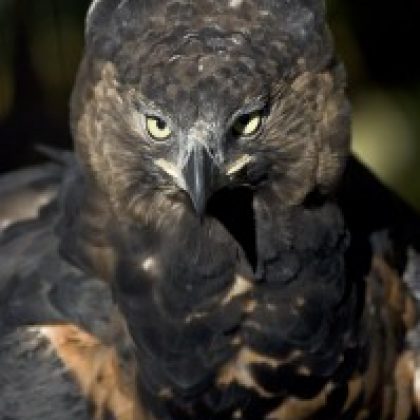
Bushmeat, the use of native animal species for food or commercial food sale, has been heavily documented to be a significant factor in the decline of many species of primates and other mammals.…

Zebras make Africa’s longest land migration | Stories | WWF. In a groundbreaking study, a WWF-led team discovered Africa’s longest land mammal migration.…

A new study in the journal Oryx has found that a plant species on Hainan Island, China thought to be extinct has been discovered in small numbers.…

When Liberia enters the news it is usually in the context of civil war, economic crisis, poverty or a disease outbreak such as the recent emergence of Ebola in West Africa.…
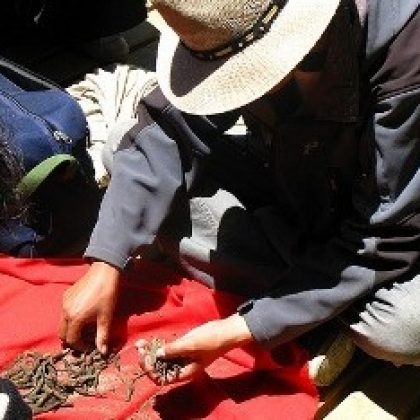
Tibet’s fungal gold rush – Imperial College Conservation Science. Arriving in a Tibetan village in May or June – as I did for the first time in 2009 – you will most likely find it eerily quiet, a few old people and children left at home.…

Reintroduced Gorillas Going Strong. The Aspinall Foundation’s reintroduction of western lowland gorillas to areas of Africa where they have been hunted to extinction appears to be working, according to a scientific study published today in Oryx The International Journal of Conservation.…

King of Beasts Losing Ground in Uganda’s Paradise – Wildlife Conservation Society. Conservationists from the Wildlife Conservation Society and the University of St.…

Perspective: Should the wildlife media pay for ecosystem services? | The BioFresh blog. Ecosystem services frames the environment as a producer of goods and services for humanity.…

Canadian amber reveals bizarre ants from the Cretaceous – Editor’s Pick for TCE 145(4) | ESC-SEC Blog. It’s with great pleasure that I announce my pick for the latest issue of The Canadian Entomologist. …

Human farming and the introduction of domestic dogs are posing a threat to the ability of Burmese long-tailed macaques to use stone tools.…